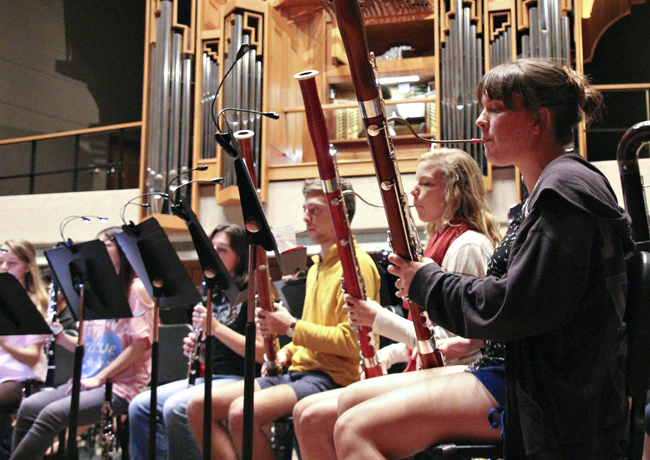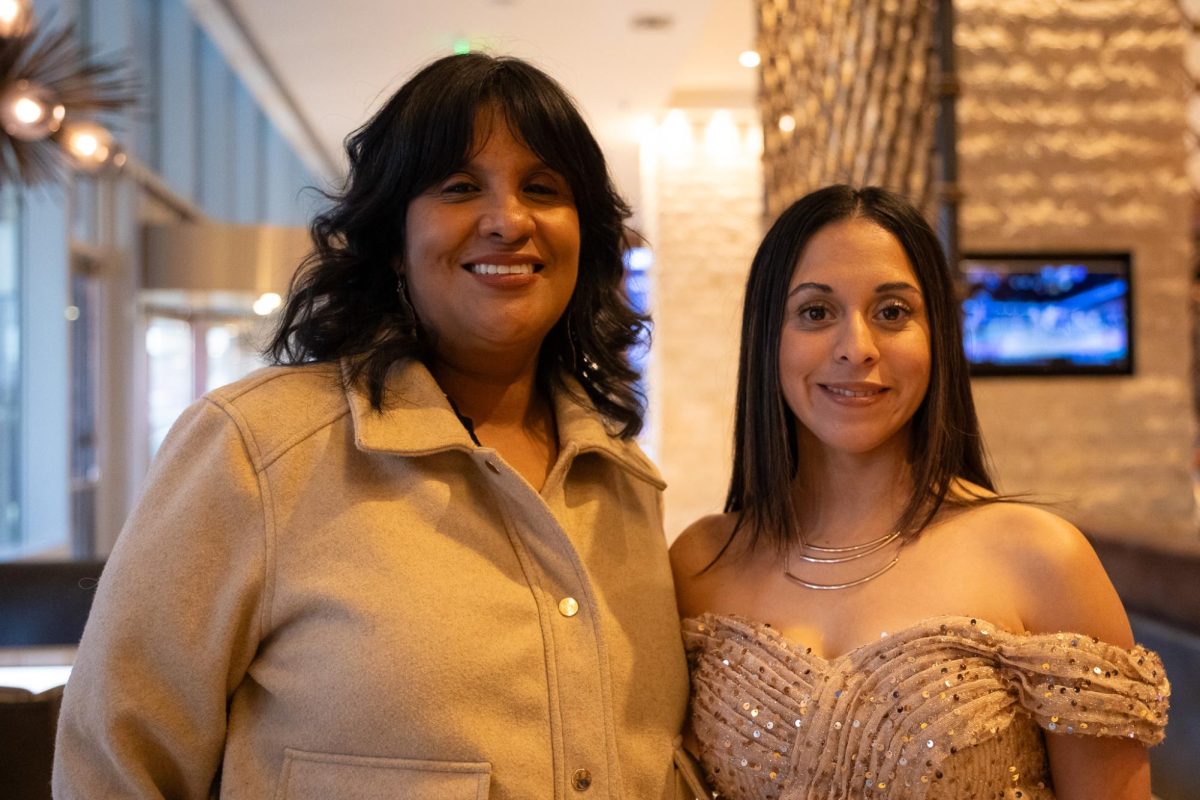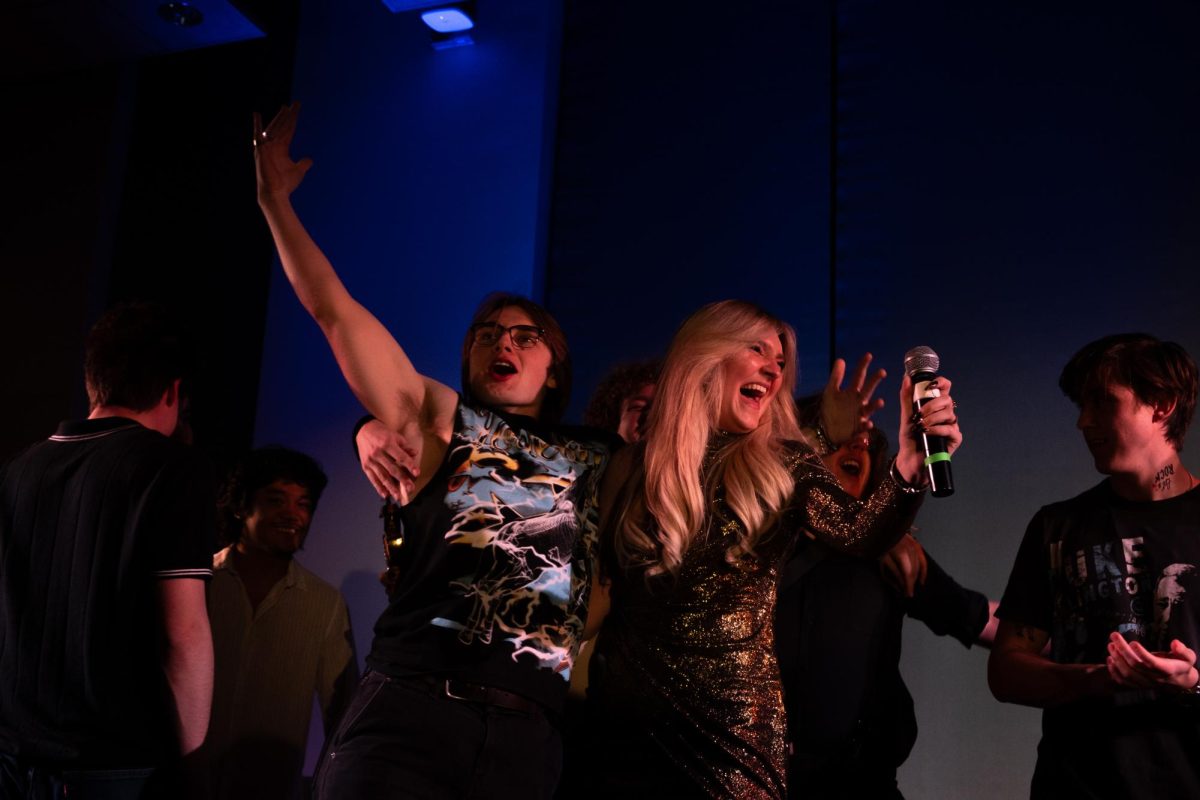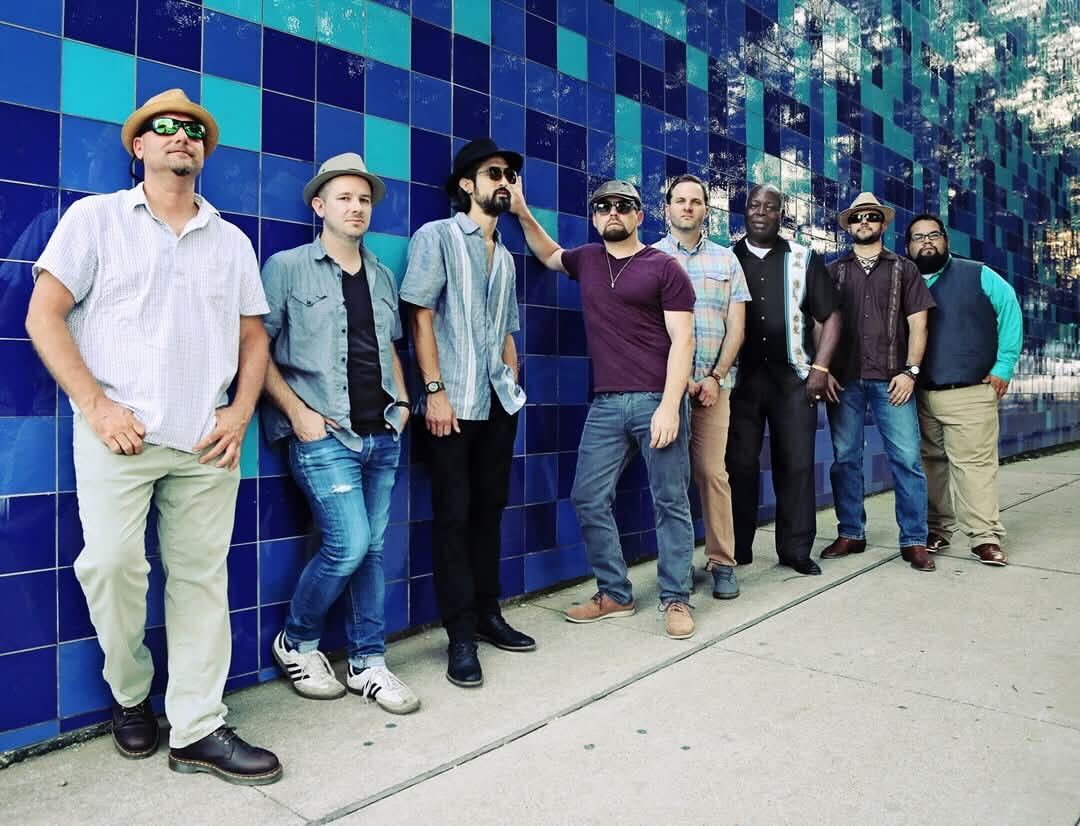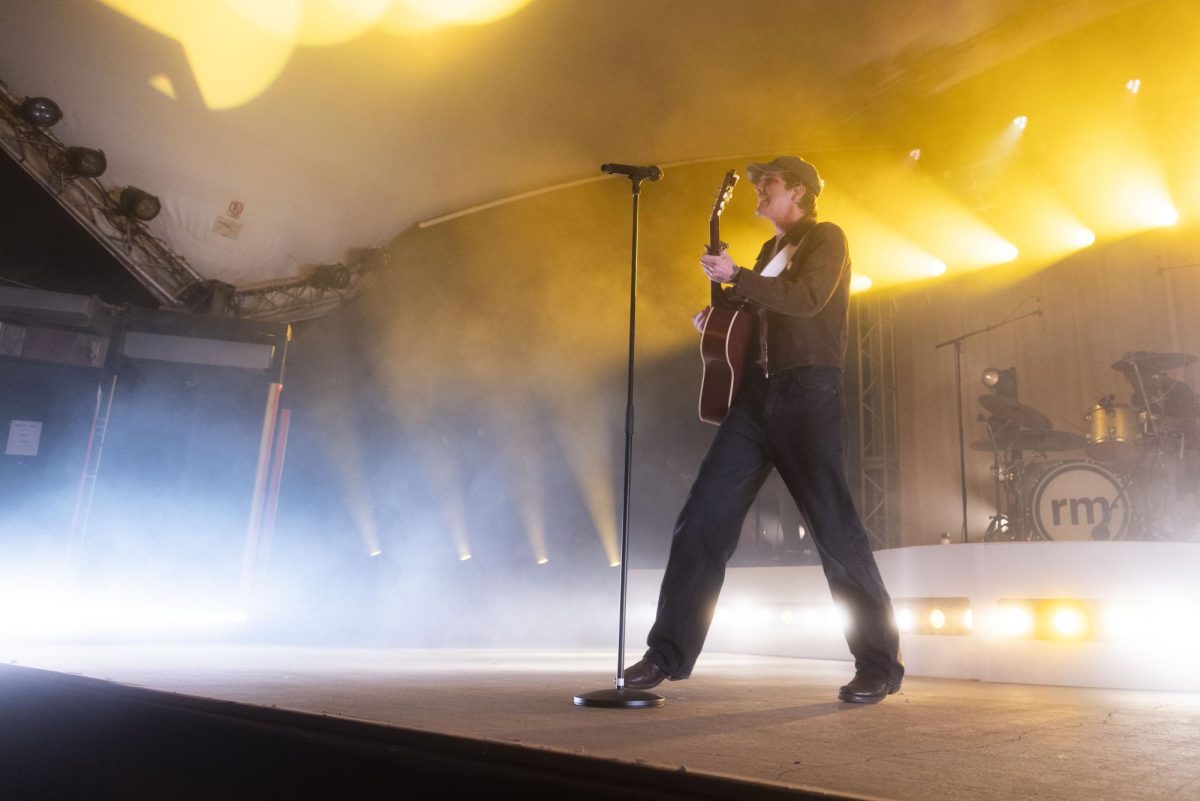Antiquated art meets modern science in the University of Texas Wind Ensemble’s dynamic performance of Gustav Holst’s original composition, “The Planets.”
Holst’s most famous composition, originally composed for a full orchestra, is paired with Duncan Copp’s specially commissioned, high-definition film from NASA’s solar system exploration.
There are seven movements within “The Planets,” one for each planet known at the time Holst composed the piece, with the exception of Earth. The music is meant to capture abstract, mythical perceptions of each of the mysterious bodies, not their actual physical attributes.
This makes the pairing of Holst’s cosmic composition and Copp’s breathtaking footage especially intriguing. The abstract composition is juxtaposed against the strikingly real footage to create a unique, explorative journey through the enigmatic realm of outer space.
Hoslt’s meticulously composed arrangements evoke imagery of the mysterious, extraterrestrial bodies they represent. In the final movement, “Neptune, the Mystic”, the spindling harp gives listeners the sensation of whirling through space, and the chilling tones of the woman’s chorus create a sense of wonder that borders on ominous.
This particular pairing of Holst’s transcendental composition with Copp’s award-winning film was originally performed by the Houston Symphony before sold-out crowds in 2010.
“The astronauts were so taken away by the sound of the orchestra, by the force coming out of this, that they said they had never experienced a similar thing,” Hans Graf, Music Director of the Houston Symphony said in an interview for the DVD created by the Houston Symphony entitled “The Planets”.
Since their successful international tour, the Houston Symphony has begun marketing the performance to other orchestras. According to Jerry Junkin, conductor of the UT Wind Ensemble, this is the first time the performance will be given by a wind ensemble.
Composer and arranger, Merlin Patterson, transcribed the wind ensemble version of “The Planets” from Holst’s original full-orchestra version.
“Mr. Patterson just started from scratch and made this wind ensemble version,” Junkin said. “It’s a really brilliant transcription. I think it captures the piece wonderfully.”
The UT Wind Ensemble is made up of students from the Butler School of Music. According to Junkin, students in the School of Music are required to audition for an ensemble during the first few class days of every semester.
Several students in the Wind Ensemble play in multiple ensembles. Due to their busy schedules, the Wind Ensemble just began rehearsals for “The Planets” about a week ago. However, you would never be able to tell by listening to the talented collection of young musicians rehearse.
“They’ve worked remarkably hard to get this thing under their belts in really a week and a half,” Junkin said.
Before the performance, students are invited to attend Hook ‘Em Arts’ “Black Out to Stand Out” event on the sixth floor of Bass Concert Hall, sometimes referred to as The Loft. Hook ‘Em Arts is the official student organization of Texas Performing Arts, dedicated to increasing student awareness of Texas Performing Arts.
“The Loft is the student space in Bass Concert Hall,” Leah Tott, co-director of Hook ‘Em Arts and bassoon player for the Wind Ensemble said. “It’s just going to be free food and all the other stuff college students love.”
Whether you find your niche in science, or prefer to take pleasure in the arts, the Wind Ensemble’s unique performance of Holst’s “The Planets” offers something to students of all disciplines.
“The visual images are stunning,” Junkin said. “The film is beautifully synchronized with the music. It’s the kind of piece I think the audience will love to watch and listen to.”
Printed on Thursday, October 18, 2012 as: NASA video enhances wind ensemble concert

